INTRODUCTION:
Before Bluetooth, Zigbee era infrared was mainly used for data communication and audio signal transmission and reception. You can see IrDA ports in old mobile phones and laptop computers. There were stereo audio transmitter and receiver using infrared. Apart for this infrared sensors mostly used in object detection applications. Infrared sensors also used in blood flow and SpO2 monitors in the medical domain.
There are many low power and low range infrared sensors commercialy available. Few examples like photo interruption sensors, diffuse scan, retro reflective sensor and beam interruption detectors.
Development of short range low power sensors are very easy to design and implement. Using logic ICs or PLL based circuits are easy to develop.
Developing a long range sensors using single photo emitter and receiver photodiode are challenging one!
BEAM INTRUPTION DETECTOR(BID):
There will be an infrared emitter diode and a photodiode for reception. If both the diodes looking at each other without any obstracle, then everything is alright. But if there are any object in between, then the photodiode will not receive the transmitted light.
Before USB optical mouse, there were PS/2 and Serial mouse.

Each mouse will have quadrature encoder for X and Y direction using one photo emitter and two photodiode for each direction. But these are very short range sensors operating the power drawn from the serial port. so hardly the total circuit can consume around 10mA.
LONG RANGE BID:
Long range BID are used for security fence or emergency stop motion circuits. Upto 10 meters can be easily realised using TV remote control receivers or we can easily develop on our own.
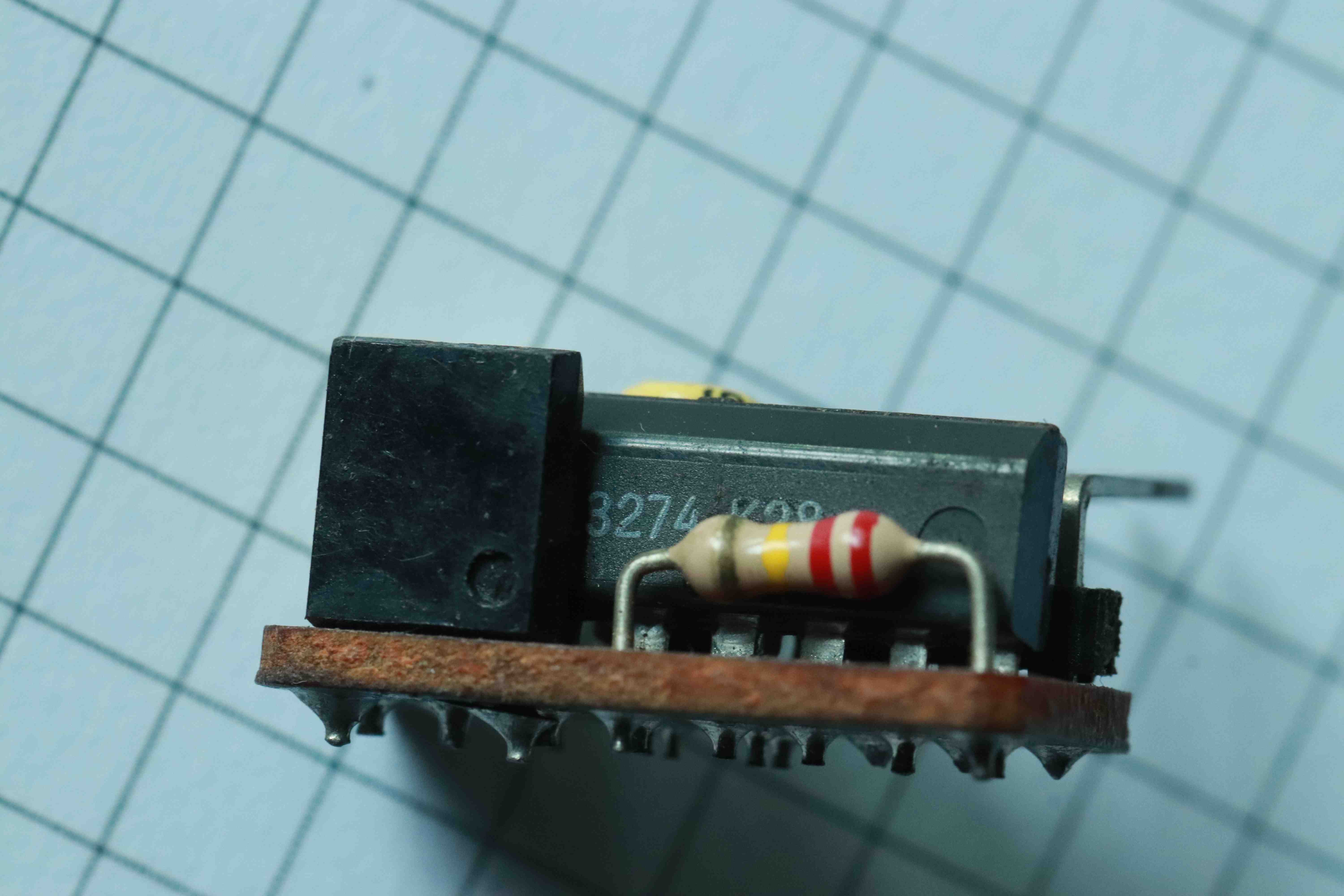
The above picture shows the commercialy available TV remote receiver which used photodiode and transimpedance amplifier with all the necessary circuits inside the IC. Just applying the power and a photodiode is good enough for receiving the TV remote signals or any modulated carrier type used with infrared.

The above circuit shows the internal functional blocks of infrared amplifier available commercialy.
But if we want to adopt this kind of ICs for BID applications, we have very limited parameters we can play around. The carrier frequency, receiver bandwidth and gain are all fixed and we can not change much of the parameters to suite for our application. Extending beyong 10 meters are difficult to achive.
We can achive long range BID using simple two stage circuit. First stage we need to have a high gain low noise amplifier for infrared. The following stage is detection.
The infrared amplifier can be easily implemented using TDA2320. There are two OP AMPs available in DIP-8 or SOIC-8. This IC was developed by SGS-THOMSON aka ST Microelectronics.
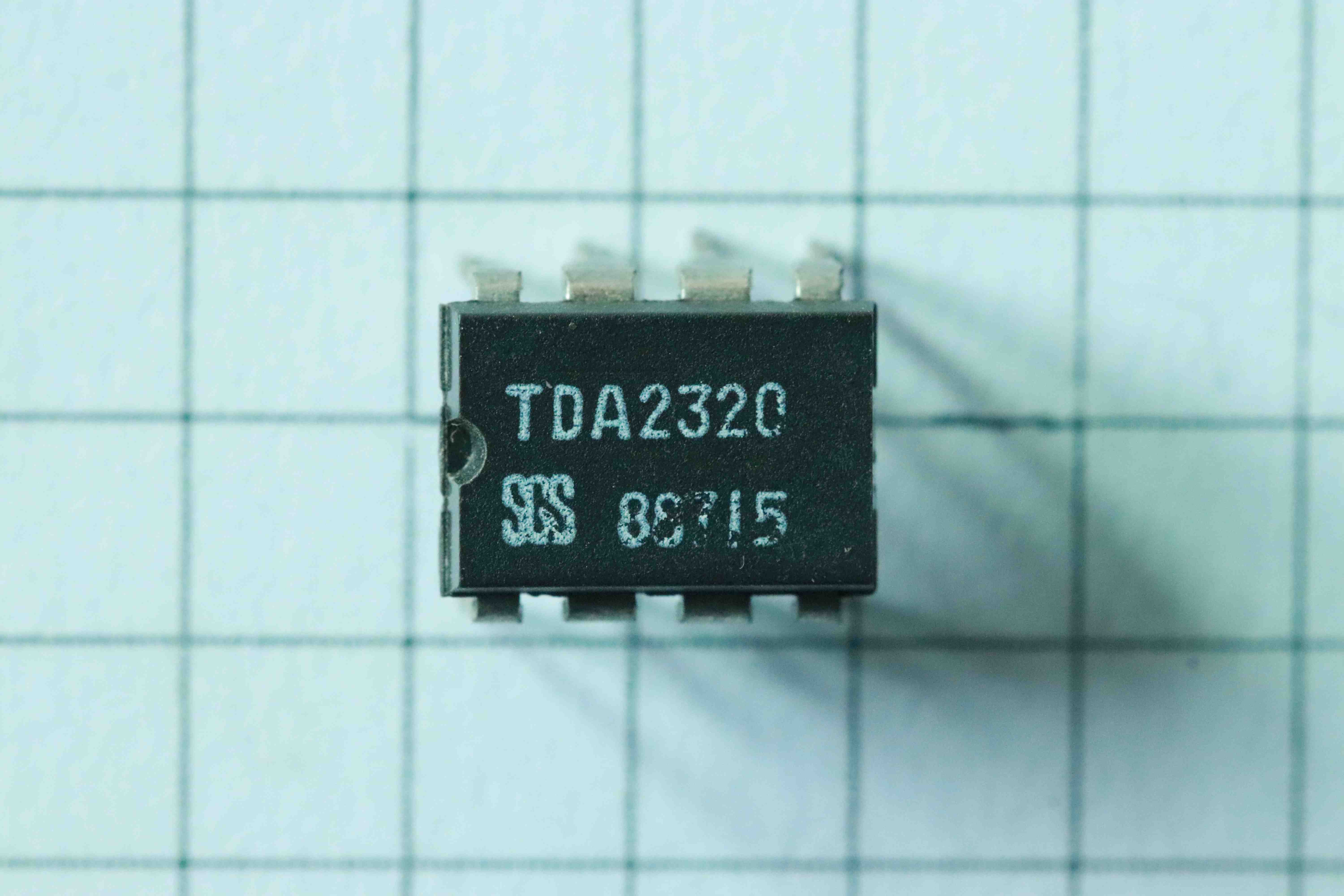
Using similar kind of dedicated infrared amplifier, we can easily implement low noise amplifier. The amplifier can be operated in Flash mode or carrier mode. For our application carrier mode is suitable.

The first stage is the actual pre-amplifier for the incoming infrared signal. The second stage is just a non-inverting amplifier. There are many biasing circuits available for suitable biasing of photodiode. The biasing of photodiode is critical and plays an important role in receiving the signal under various environmental conditions.
We can feed the second stage output into a PLL based detector for actual detection of the carrier beam.
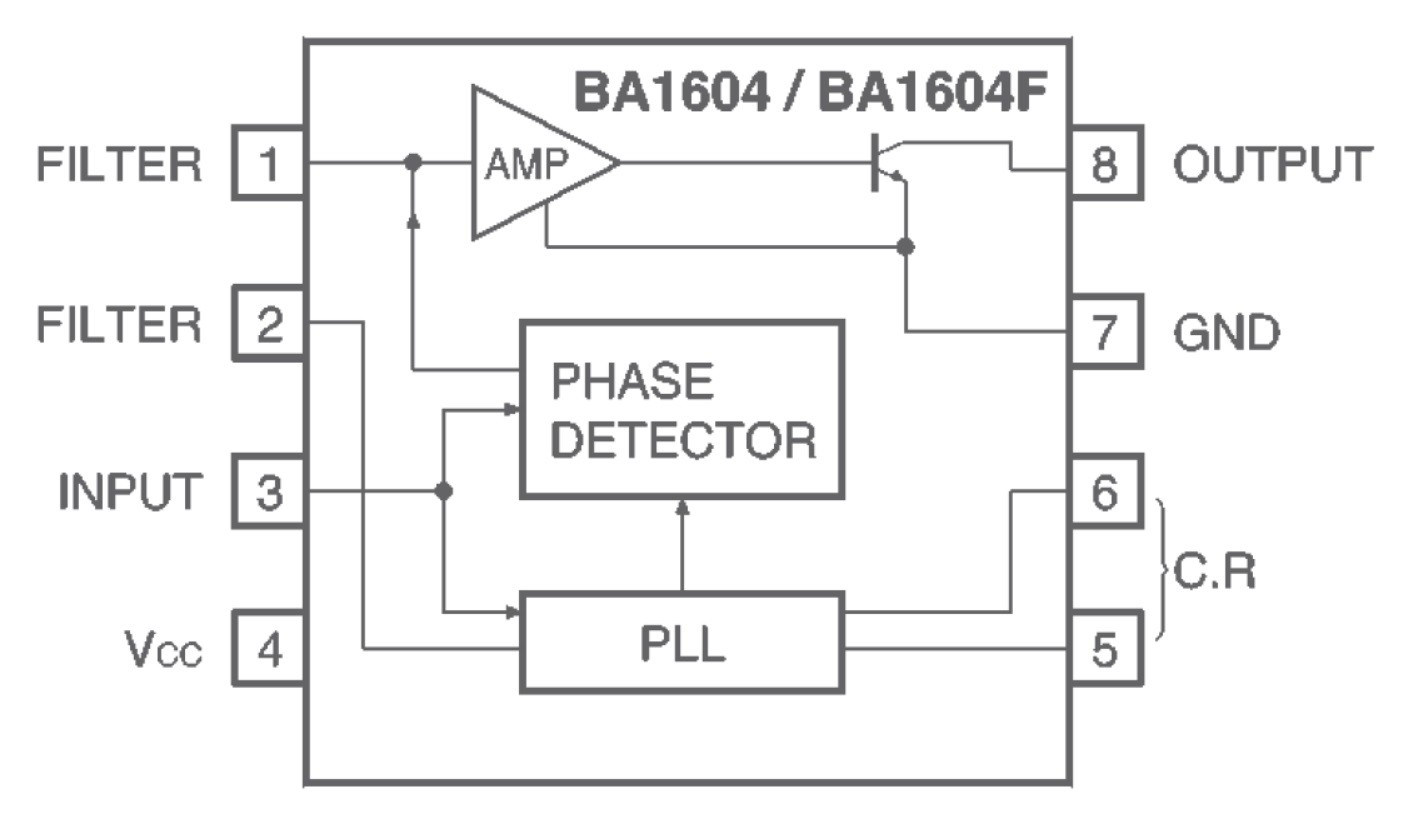
The above IC is the PLL tone detector.
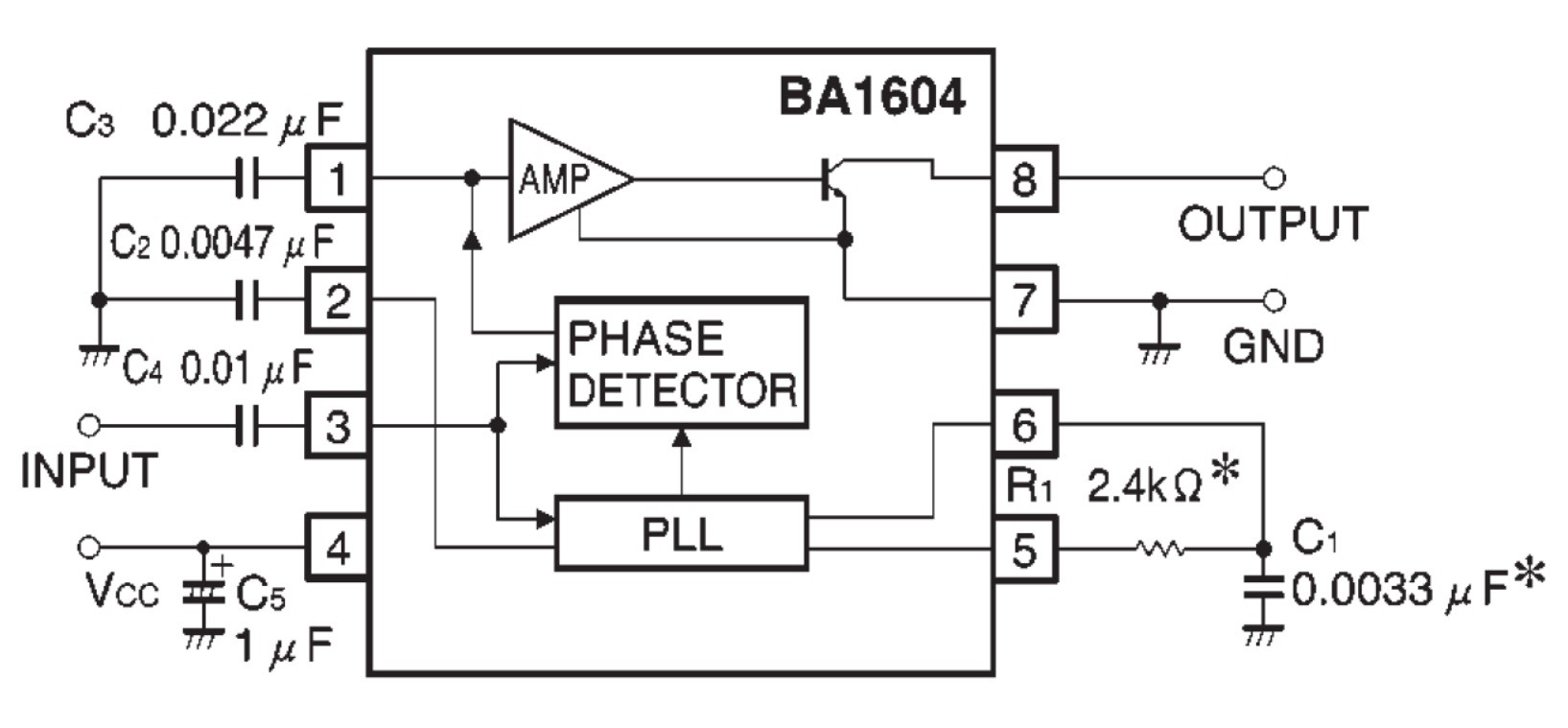
The PLL tone detector application circuit is like above. The output of the infrared pre-amplifier fed into the PLL input pin 3. The detected output signal is available at pin 8. The main advantage of using a PLL based approach is easy to discriminate the signal. Even with a base noise, the PLL can lock to any incoming signal greater than 20mV.
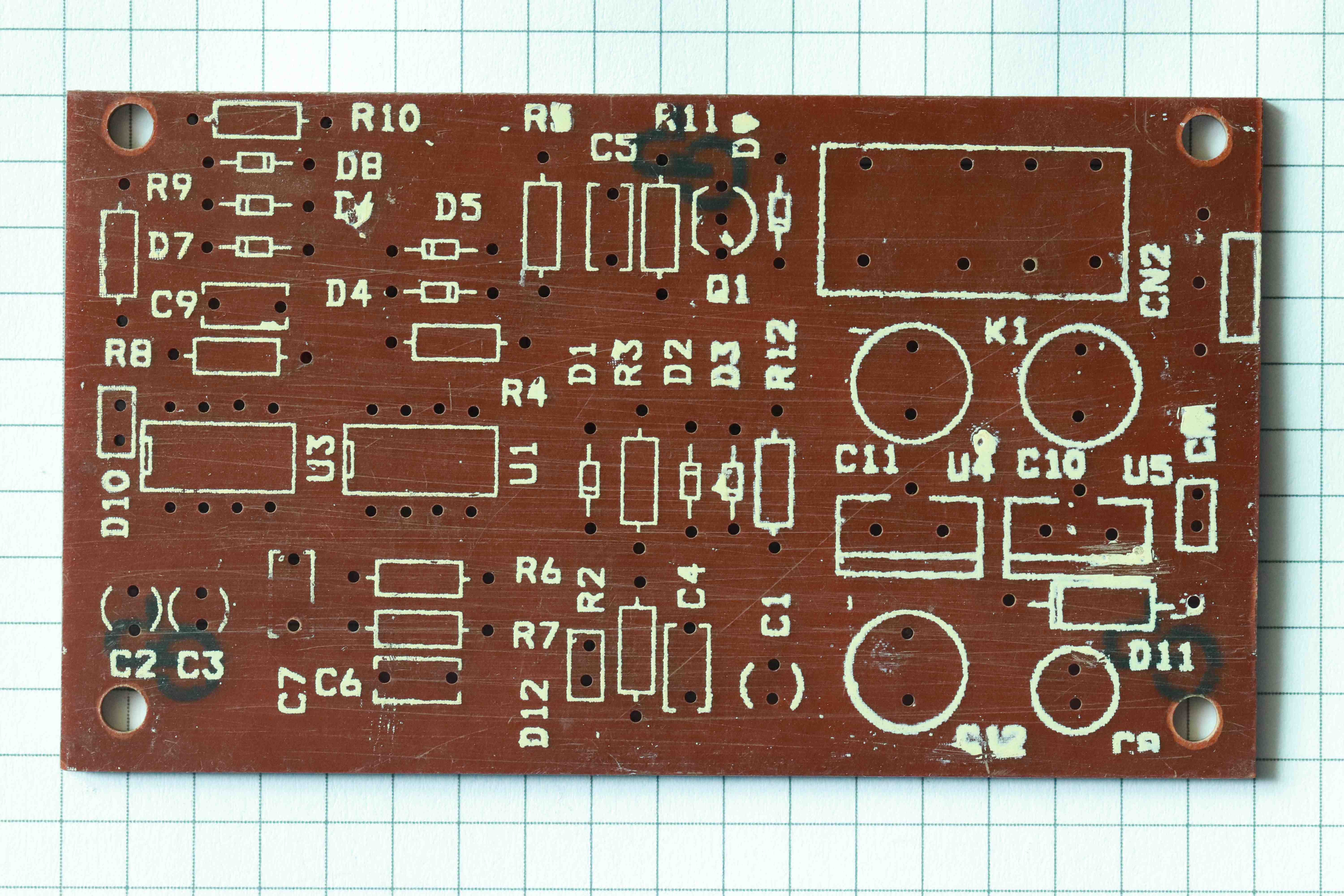
We can easily design a layout using single sided board. Since there is no much complexity or more components,...
Read more » mit41301
mit41301

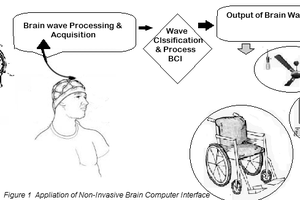
 ensafatef
ensafatef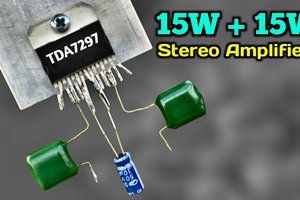
 UTSOURCE
UTSOURCE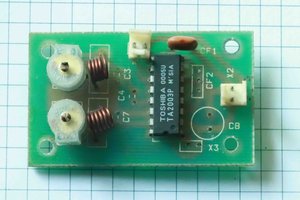
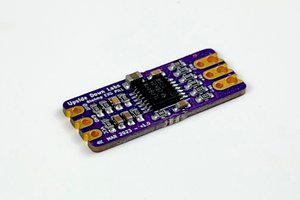
 Deepak Khatri
Deepak Khatri
https://hackaday.com/2023/06/21/congratulations-to-our-op-amp-challenge-winners/